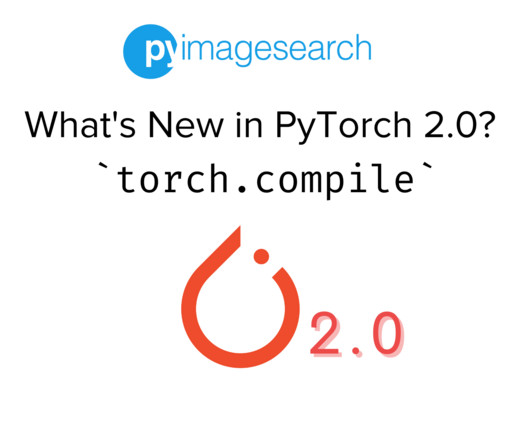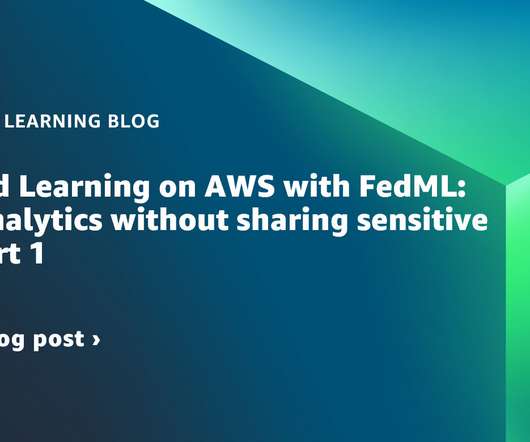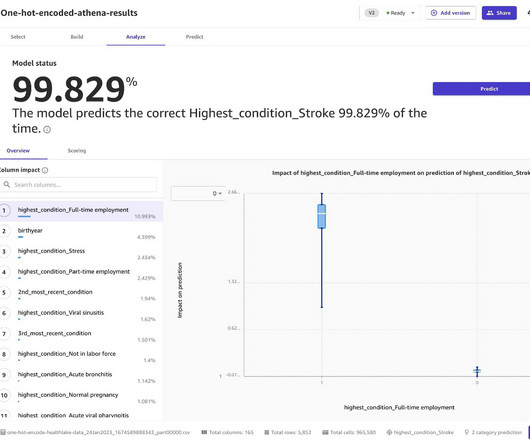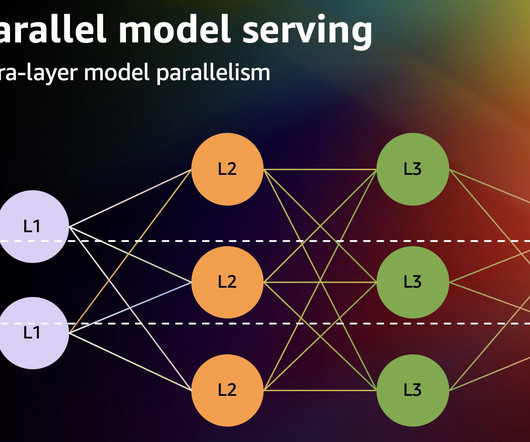Explosion in 2021: Our Year in Review
Explosion
DECEMBER 30, 2021
The year 2021 is coming to an end, and like the previous year, it was shaped by unique challenges that impacted our work together. For Explosion, it was a very productive year. Jan 22: Ines was invited as a guest to the TalkPython podcast and discussed how to build a data science startup. Mar 4: We released 1.0















Let's personalize your content